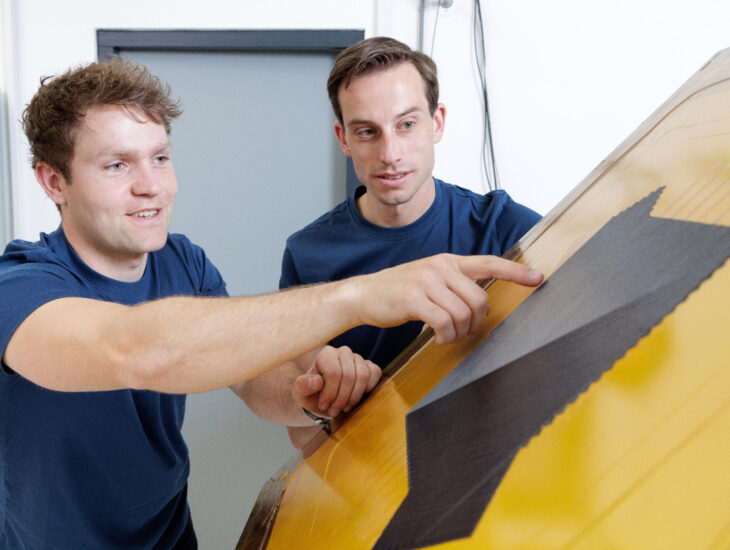
Automotive
The automotive market is continuously discovering lightweight materials to achieve a future increase in efficiency and a decrease in CO2 emissions. Despite the main focus on thermoset materials in the automotive industry, the future of thermoplastics applications for parts looks promising. The recycling mandates increase the interest of thermoplastic materials in this automotive market.
Lighter structures
The automotive industry has discovered that, compared to traditional materials used for designing automobiles, composites offer a structure up to 30 % lighter than aluminium. Compared with steel, composites are even as much as 70% lighter. Research now needs to adapt the fabrication processes of thermoplastic composites to the large-scale production of the automotive industry in order to exploit their lightweight benefits. The advantages of producing lightweight cars include reduced fuel consumption, which decreases fuel costs but also promotes the responsible production of automotive applications that strive to limit CO2 emission.
ThermoPlastic composites for the automotive industry
The TPRC concentrates on high-end research in the field of thermoplastic composites that comprises all the characteristics and challenges of thermoplastic composites in order to meet the specific requirements of the automotive industry.
Characteristics
- Automated high volume manufacturing
- Function integration through, for example, overmolding
- Infinite shelf life
- Clean processing (i.e. no chemicals on the shop floor)
- High impact resistance for crash applications
Challenges
- Cost and quality of materials
- Predictive processing based on numerical design tools
- Integration of thermoplastic composites in existing assembly, for example, metal-composite joining
- Increasing chemical resistance to ensure an aesthetic appearance




